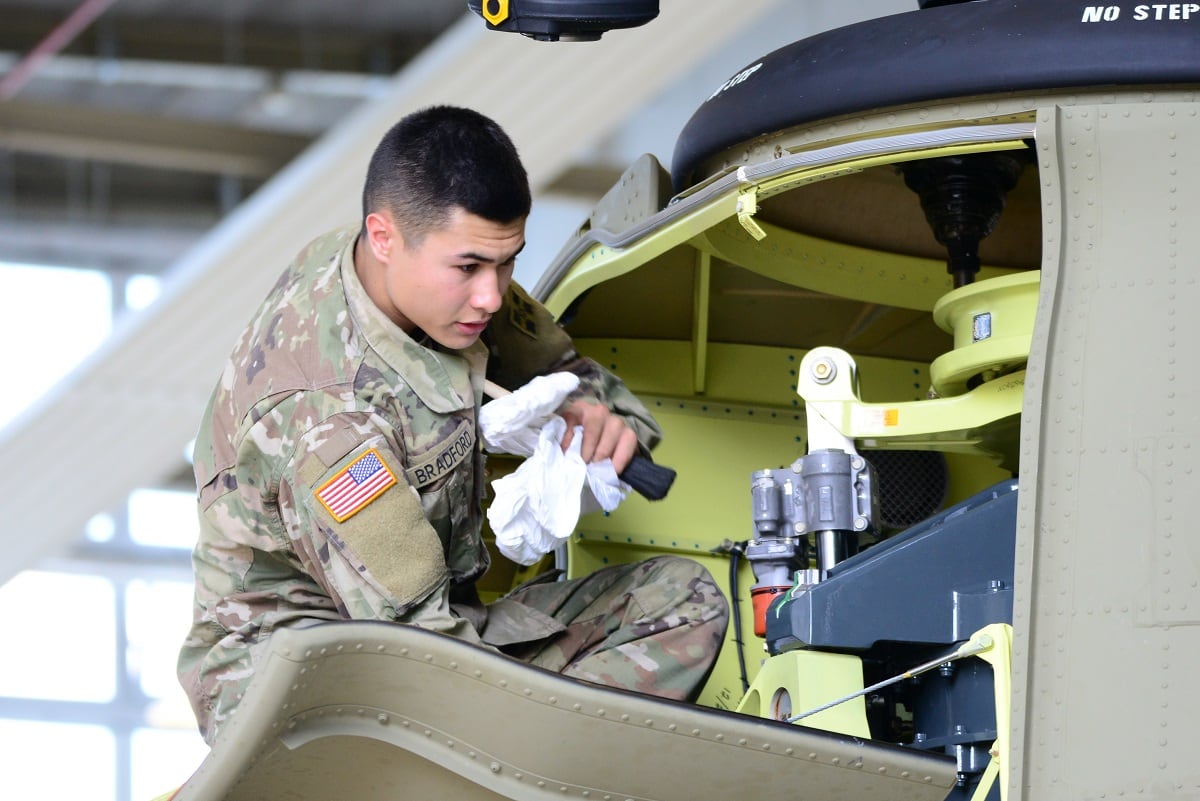Late October saw two additions to Army Secretary Mark Esper’s canon of directives aimed at reducing administrative burden on commanders.
One deals with a long list of headquarters reporting requirements that are no longer mandatory. The other brings the safety brief back from the dead — well, sort of.
In a Sept. 4, memo, Esper wrote that “supervisory and operating personnel who direct or affect the actions of others are no longer required to conduct safety meetings (such as safety awareness, training and procedures review) with soldiers and Department of the Army civilians who they supervise.”
But in two memos released Oct. 22, Esper directed an update to the Army Safety Program with changes affecting two specific communities.
Specifically, there is new guidance for aviation and radiation management units. Aviation commanders still don’t have to have come up with a safety philosophy, but they do have to incorporate safety briefings into their training plans.
“The frequency of aviation safety meetings is at the discretion of the commander,” according to the memo.

And while the previous memo got rid of the requirement for a foreign object damage prevention officer or noncommissioned officer, this one directs units to roll those responsibilities in with unit aviation safety officers.
“The message across the board has been to empower commanders to make decisions that are best for their units, based on what they feel the readiness situation is, the safety situation, so forth and so on,” Esper told Army Times on Thursday.
The memo also aims to deconflict radiation management safety program guidelines prescribed separately within an Army regulation and two Department of the Army pamphlets, AR385-10 and DA Pam 385-24 and 385-25.
“Because these policies were published in DA Pamphlets as opposed to an AR, they have not been consistently followed," he wrote.
RELATED

Esper directed the service to incorporate the policies of the pamphlets into the AR, republish it and then rescind the pamphlets.
“I think commanders generally understand that they will do safety briefings,” he told Army Times. “It may just be done at the squad level or on the soldier-on-soldier level. But we’re not going to mandate how and when to do them.”
Another Oct. 22 memo deals with reporting requirements:
- Brigades, groups and battalions with 50 or more authorized language coded billets can create a commander’s language council at the commander’s discretion, but it’s no longer required.
- Intelligence units no longer have to submit their annual training plans to the Army Intelligence and Security Command Foundry Program for approval. They also don’t have to submit quarterly training execution reports.
- The Foundry Program’s administrator doesn’t have to submit quarterly training execution reports to the G-2 any longer.
- Commanders will use Office of Personnel Management guidelines to determine whether they have personnel in “national security positions" at their commands, rather than conducting a personnel security investigation.
- A handful of requirements for the Army industrial security program have been canceled: Reporting adverse information; reporting suspicious contacts; reporting probably or possible espionage, sabotage and subversive activities; reporting loss, compromise or suspected compromise of classified or controlled unclassified information; integrating contractors in the Army information security inspection program. All of these are already part of other security programs, according to the memo.
The directive also calls for annual live threat awareness and education training, which can be done in an online course no more than 30 minutes long if in-person isn’t possible.
The memos numbered 15 and 16 released so far. A complete list is available online.
Meghann Myers is the Pentagon bureau chief at Military Times. She covers operations, policy, personnel, leadership and other issues affecting service members.





